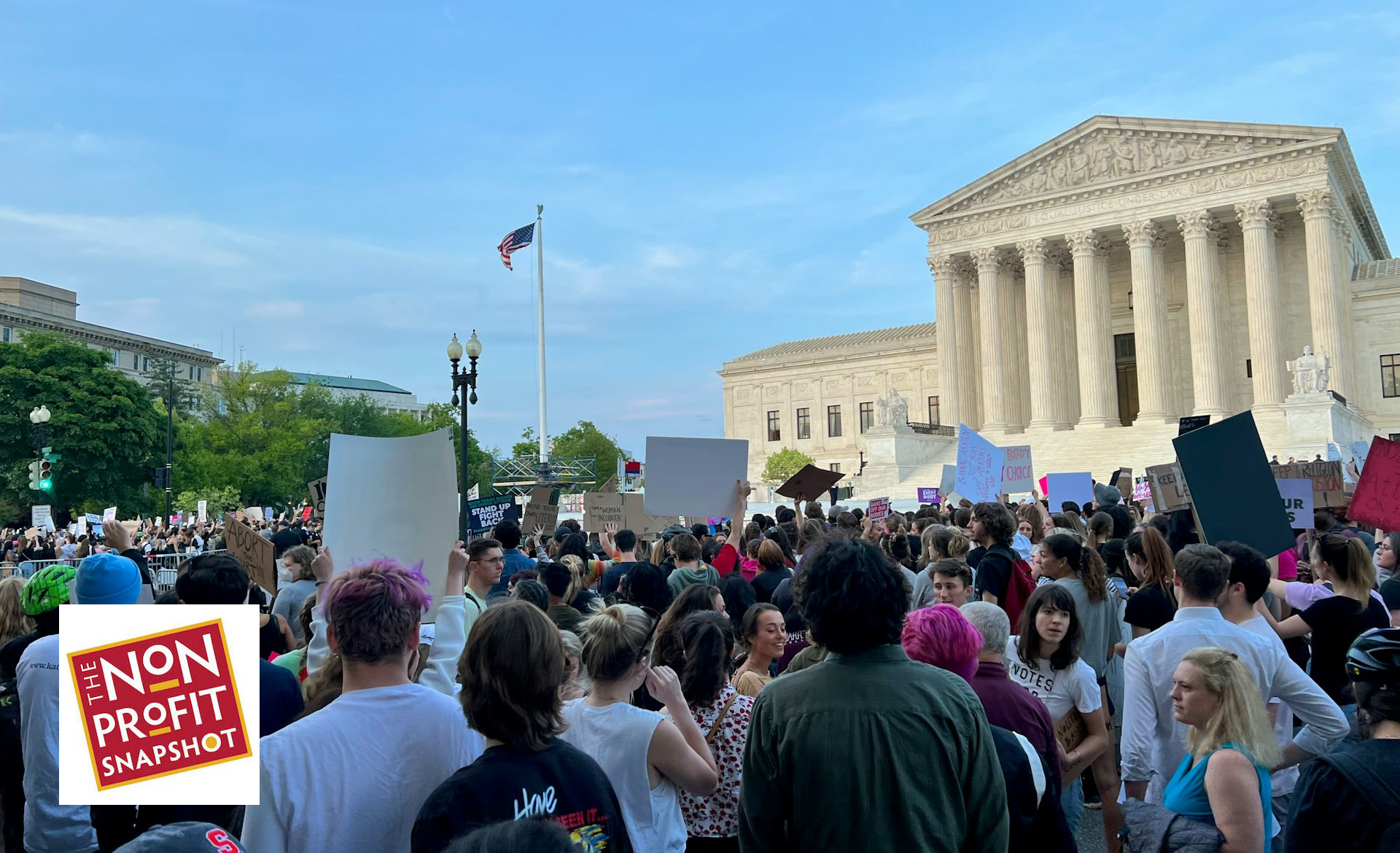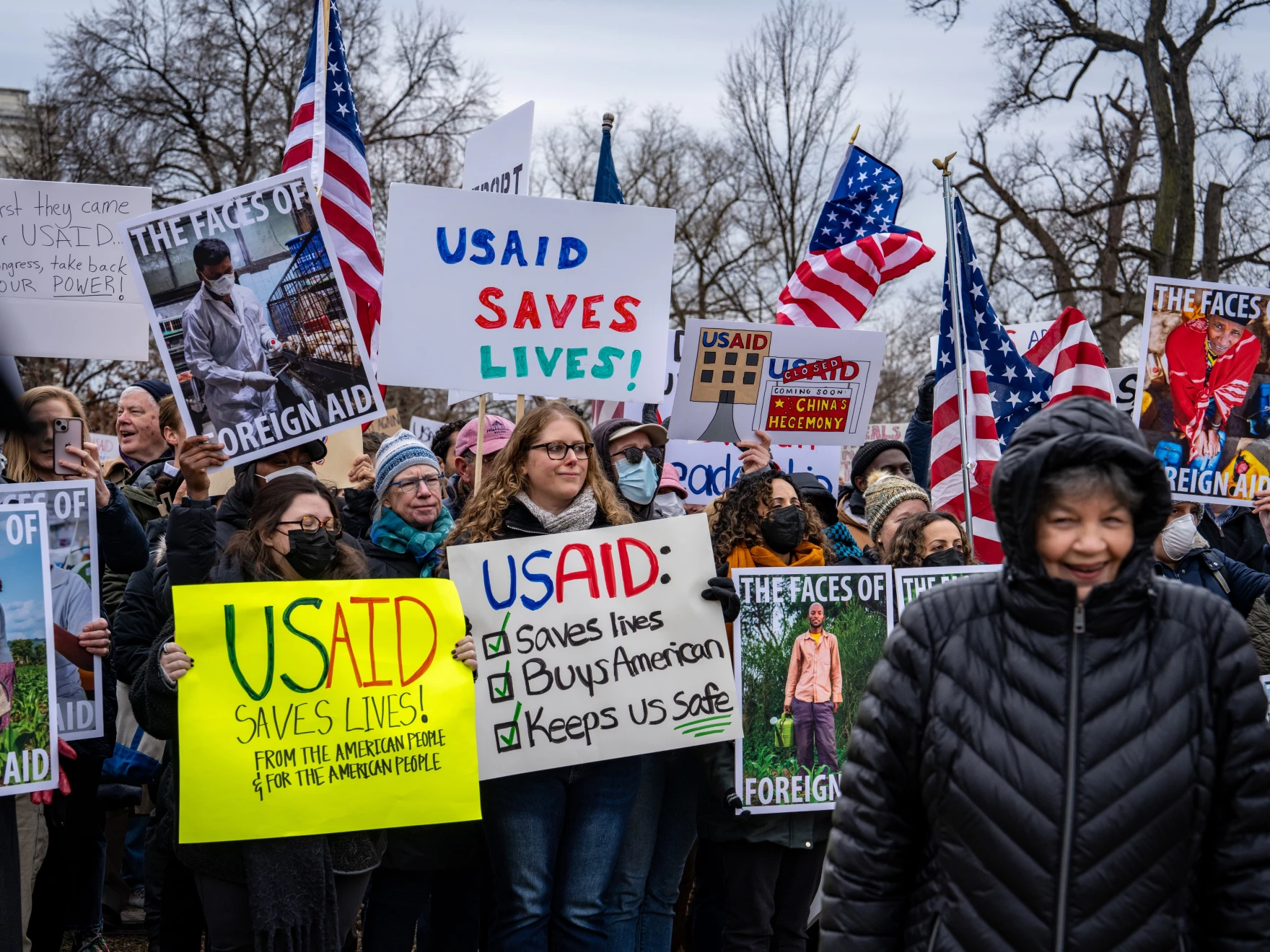Advocacy is a crucial part of the nonprofit sector, allowing organizations to raise awareness, influence policy, and drive social change. However, 501(c)(3) nonprofits must navigate strict legal boundaries to maintain their tax-exempt status while effectively advocating for their causes. Understanding these rules is essential to ensuring compliance and avoiding penalties.
Protests have long been a powerful tool for social change, allowing nonprofits to advocate for their causes and amplify their voices. However, organizing a protest requires careful planning to ensure it remains both effective and compliant with legal regulations. Here’s a guide to help nonprofit organizations safely and legally organize a protest.
When planning an individual giving appeal, nonprofit fundraisers often ask: Should the appeal be fully integrated into our other charity communications, or should it stand out as a distinct campaign? Striking the right balance can be the difference between a compelling, high-performing appeal and one that gets lost in the mix.
Government grants have long been a critical source of funding for nonprofits, helping organizations sustain their programs and expand their impact. However, grants can be unpredictable, and changes in government policies or budget cuts can leave nonprofits vulnerable. If government grants were to disappear, how can nonprofits ensure their survival? The answer lies in diversification, strategic planning, and community engagement. Here’s how nonprofits can adapt and thrive even in the absence of government funding.
Advocacy is a powerful tool for driving change, and as we explored in our previous blog on advocacy strategies, there are many ways nonprofits can champion their causes effectively. But advocacy isn’t just about individual efforts—it thrives on collective action. A strong community of advocates can amplify your message, mobilize supporters, and create lasting impact.
These guides were prepared for those who are looking for a way to make a difference quickly and effectively. This blog points you to the following guides:
- Effective Advocacy Strategies
- Advocacy Through Donor and Volunteer Management
- Effectively Engaging in Advocacy Conversations
- Contacting Your Congressional Representatives





